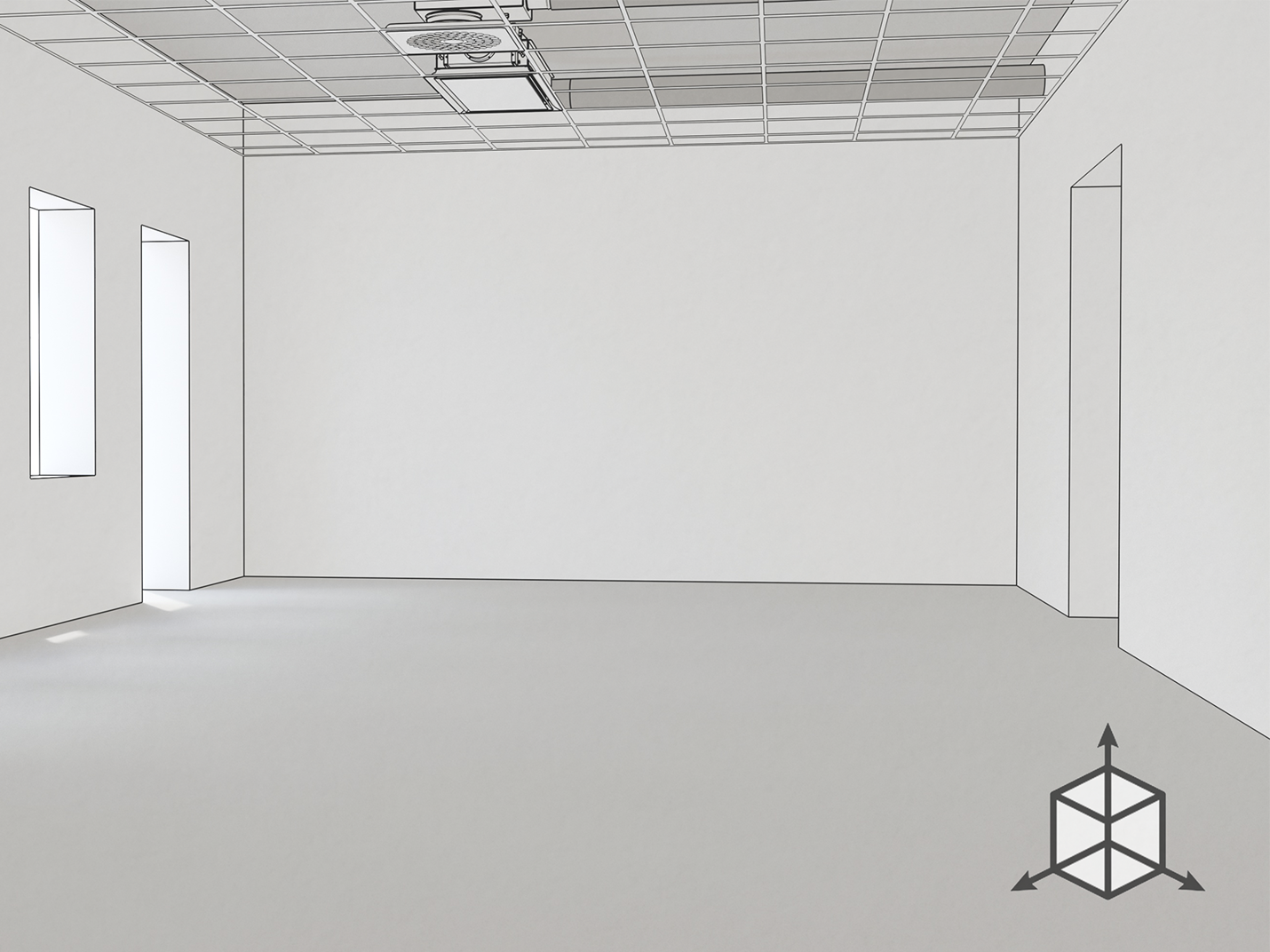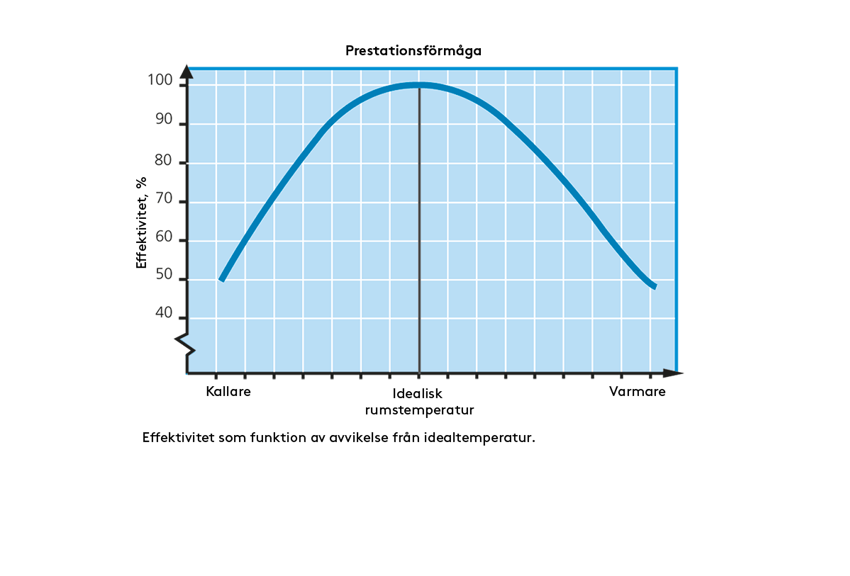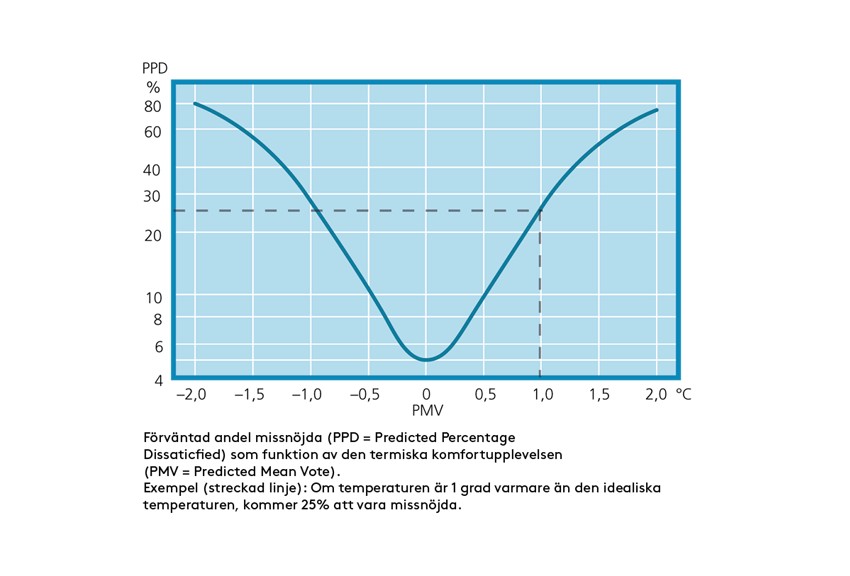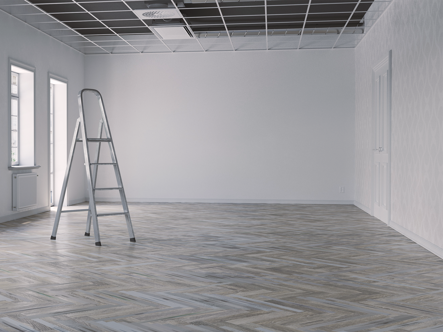
Before installation
The building process
Why does the indoor climate matter?
There are many aspects to the effect of the indoor climate on occupants. Pollutants in the air and sound levels in an interior, for example, have well-documented long-term adverse health impacts. In the short term, the indoor climate also affects the performance of any occupants. If the temperature of a room is too low, or too high then performance rapidly declines. In other words, investing in a healthy indoor climate is often one of the main productivity boosts available to a workplace.


Why does indoor climate pose a challenge?
People perceive indoor climate differently, with the thermal comfort perception being a good example. There is no perfect temperature to keep all occupants happy. Even at the most ideal indoor temperature, statistically, 1 in 20 occupants will be dissatisfied with the perceived standard of thermal comfort. Worse still, even slight variations from that temperature rapidly increase the proportion of dissatisfied occupants. To sum up:
The aim is an indoor climate that has the capacity to maintain a steady temperature to keep as many occupants as possible happy.
If possible, split your space into smaller climate zones and ensure that the indoor climate can be controlled and adjusted to the occupants in those zones.
How do you control indoor climate?
The various levels of control in indoor climate systems may well seem confusing. Here are some of the key concepts to know about:
CAV (Constant Air Volume)
This is the most basic control system. It supplies a constant volume of air, and the only control feature is that the system can be switched on/off via a timer. In other words, this system takes no account of actual demand, and serves as a basic solution in premises with a steady load.
VAV (Variable Air Volume)
A slightly more advanced control system, where the air flows are somewhat adjustable in response to variations in temperature or air quality. This is generally more energy-efficient than a CAV system, as it doesn’t needlessly ventilate unoccupied spaces for example.
DCV (Demand Controlled Ventilation)
This is a more advanced version of the VAV concept in that it supplies air variably in response to demand, but now also based on occupancy. This system caters for a larger number of operating scenarios and is even more energy-efficient and a better guarantee of room comfort.
DCIC (Demand Controlled Indoor Climate)
The most advanced level of control, which as the name suggests ensures comprehensive air conditioning at room level. This means that in addition to all the benefits of a DCV system, DCIC is capable of seamlessly integrating waterborne and airborne room products, which provides a raft of added options for achieving energy-efficiency and a sound room climate.
Waterborne or airborne?
Interiors come in all kinds of layouts, and there may also be a diversity of tenancy types in the premises. Which means that there is no one-type-fits-all climate product, but a large number of variant options. An initial decision to be made in choosing a ventilation system typically concerns whether to go for an airborne or waterborne system. The following rules of thumb should help you at an early stage of your project to identify your best option. Alternatively, simulation software can be used for early-phase system sourcing.
Is ceiling height a factor?
Ceiling height may well be a determinant in choosing your product. In loftier buildings, waterborne climate products tend to be an advantage, as they allow smaller-diameter air ducts to be used, since much of the cooling is transported via small-diameter water pipes rather than large ducts. This offers space economy per storey, which may mean you can accommodate an extra floor in the building without altering the overall height.
If, however, you already know that the ceilings are going to be high, then an airborne climate system may be your best option. One product example would be the jet units, which can distribute air from the ceiling down into the occupied zone, or, alternatively, displacement units, which supply the air at a low rate at floor level. Basically, you’ll appreciate having a wide range of products to choose from so as to avoid needless compromises.

